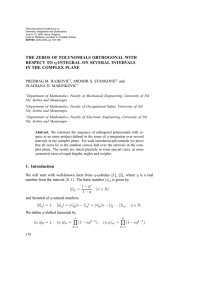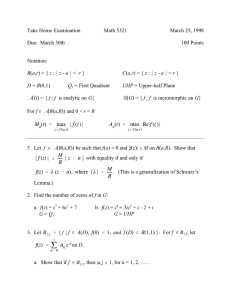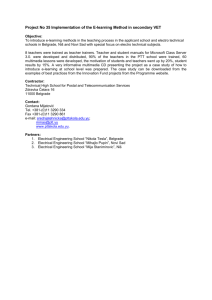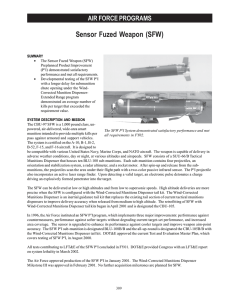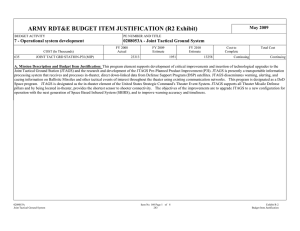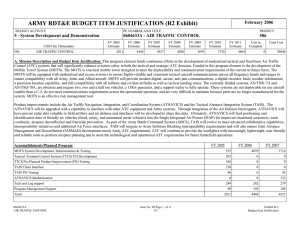Document 10584118
advertisement
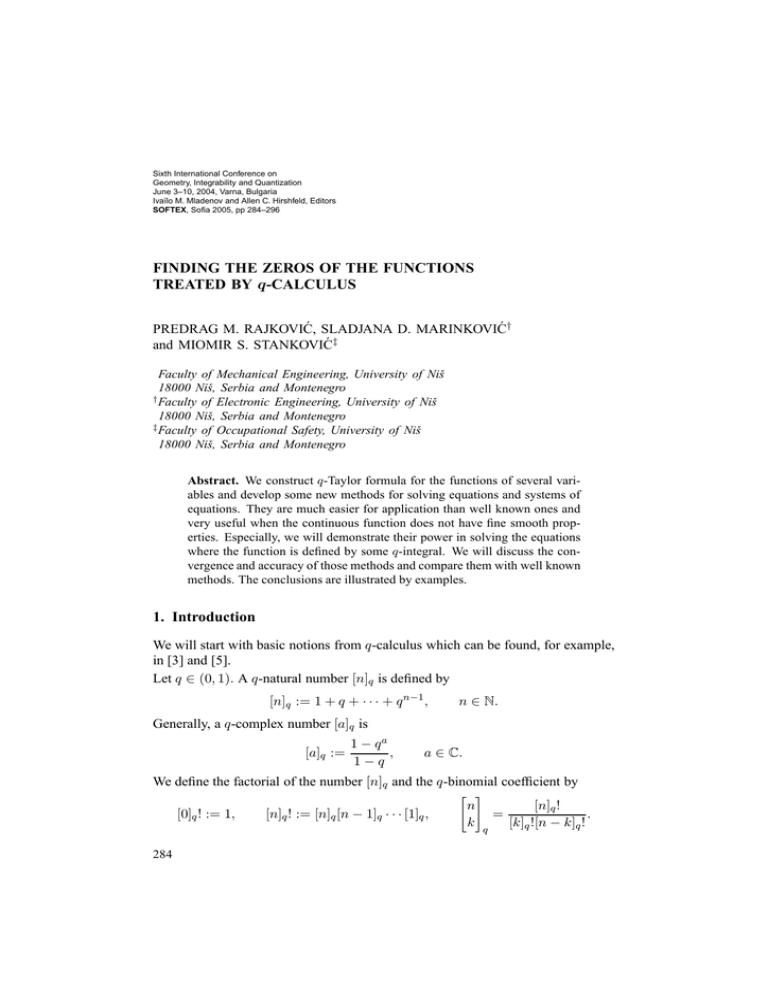
Sixth International Conference on Geometry, Integrability and Quantization June 3–10, 2004, Varna, Bulgaria Ivaïlo M. Mladenov and Allen C. Hirshfeld, Editors SOFTEX, Sofia 2005, pp 284–296 FINDING THE ZEROS OF THE FUNCTIONS TREATED BY q-CALCULUS PREDRAG M. RAJKOVIĆ, SLADJANA D. MARINKOVIƆ and MIOMIR S. STANKOVIƇ Faculty of Mechanical Engineering, University of Niš 18000 Niš, Serbia and Montenegro † Faculty of Electronic Engineering, University of Niš 18000 Niš, Serbia and Montenegro ‡ Faculty of Occupational Safety, University of Niš 18000 Niš, Serbia and Montenegro Abstract. We construct q-Taylor formula for the functions of several variables and develop some new methods for solving equations and systems of equations. They are much easier for application than well known ones and very useful when the continuous function does not have fine smooth properties. Especially, we will demonstrate their power in solving the equations where the function is defined by some q-integral. We will discuss the convergence and accuracy of those methods and compare them with well known methods. The conclusions are illustrated by examples. 1. Introduction We will start with basic notions from q-calculus which can be found, for example, in [3] and [5]. Let q ∈ (0, 1). A q-natural number [n]q is defined by [n]q := 1 + q + · · · + q n−1 , n ∈ N. Generally, a q-complex number [a]q is [a]q := 1 − qa , 1−q a ∈ C. We define the factorial of the number [n]q and the q-binomial coefficient by [0]q ! := 1, 284 [n]q ! := [n]q [n − 1]q · · · [1]q , " # n k = q [n]q ! . [k]q ![n − k]q !
